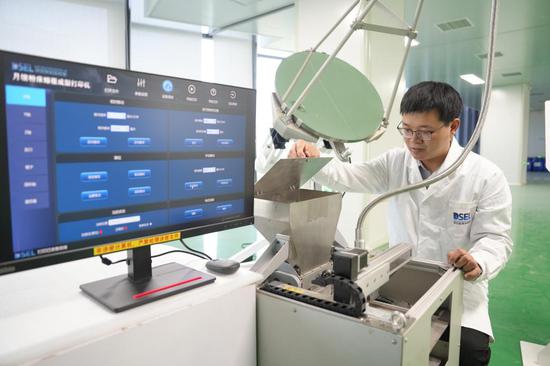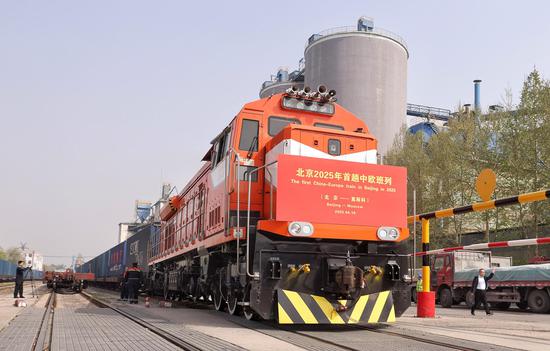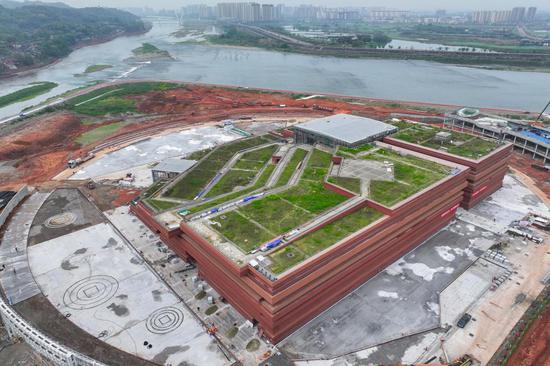Three Chinese provincial-level economic powerhouses have announced their first-quarter GDP figures, with the growth rates higher than the national average, highlighting the resilience and vitality of key pillars of the Chinese economy.
In the latest example, the Zhejiang Provincial Bureau of Statistics said on Monday that the province's GDP growth rate hit 6 percent in the first quarter of 2025, which surpassed the national average of 5.4 percent during the period.
Zhejiang's GDP reached 2.23 trillion yuan ($305.47 billion), driven by the advanced digital economy and foreign trade. Zhejiang's efforts in fostering new quality productive forces were highlighted by high-tech manufacturing, whose value-added output was up by 13.2 percent year-on-year, and that of core digital economy industry manufacturing grew by 12.3 percent year-on-year, according to the Zhejiang Provincial Bureau of Statistics.
Zhejiang has further solidified its strengths in high-tech industries as well as foreign trade since the beginning of the year, Wang Peng, an associate research fellow at the Beijing Academy of Social Sciences, told the Global Times on Sunday, noting that the province continues to accelerate industry upgrading, assisted by its local technological edges.
In addition to Zhejiang, Southwest China's Sichuan Province has reported a growth rate of 5.5 percent, while Central China's Henan Province saw a growth rate of 5.9 percent.
Notably, investment in Sichuan remained steady, with fixed-asset investment (excluding rural households) rising 4 percent year-on-year. Sichuan's consumer market continued its recovery in the first quarter, with retail sales reaching 700.34 billion yuan, up 5.2 percent year-on-year.
The southwestern province also saw significant growth in high-tech industries, as the value-added output of electronic and communication equipment manufacturing grew by 21.9 percent, while that of the aviation, spacecraft and equipment manufacturing industry increased by 15.6 percent, according to the Sichuan Provincial Bureau of Statistics.
Meanwhile, Henan Province reported first-quarter GDP of 1.49 trillion yuan, up 5.9 percent year-on-year, 0.5 percentage points higher than the national average, the local statistics bureau said on Friday. The province has been promoting the in-depth combination of technology and industries to foster new quality productive forces. In the first quarter, the total value of technology contracts in the province reached 69.06 billion yuan, a year-on-year increase of 160 percent, and the production of service robots surged by 140 percent and integrated circuits surged by 58.3 percent year-on-year, it said.
The strong development momentum in the three provinces will help drive broader development in their respective regions, Dong Shaopeng, a senior research fellow at the Chongyang Institute for Financial Studies at Renmin University of China, told the Global Times on Monday, adding that the strong development momentum in economic powerhouses will also help lift the national economy amid external challenges.
Chinese provincial-level economic powerhouses play major roles in the national development. In 2024, ten economic powerhouses - Guangdong, Jiangsu, Shandong, Zhejiang, Sichuan, Henan, Hubei, Fujian, Shanghai and Hunan - contributed more than 60 percent of the country's GDP, the Xinhua News Agency reported.


















































 京公網安備 11010202009201號
京公網安備 11010202009201號